Home>Garden Essentials>When To Seed Centipede Grass
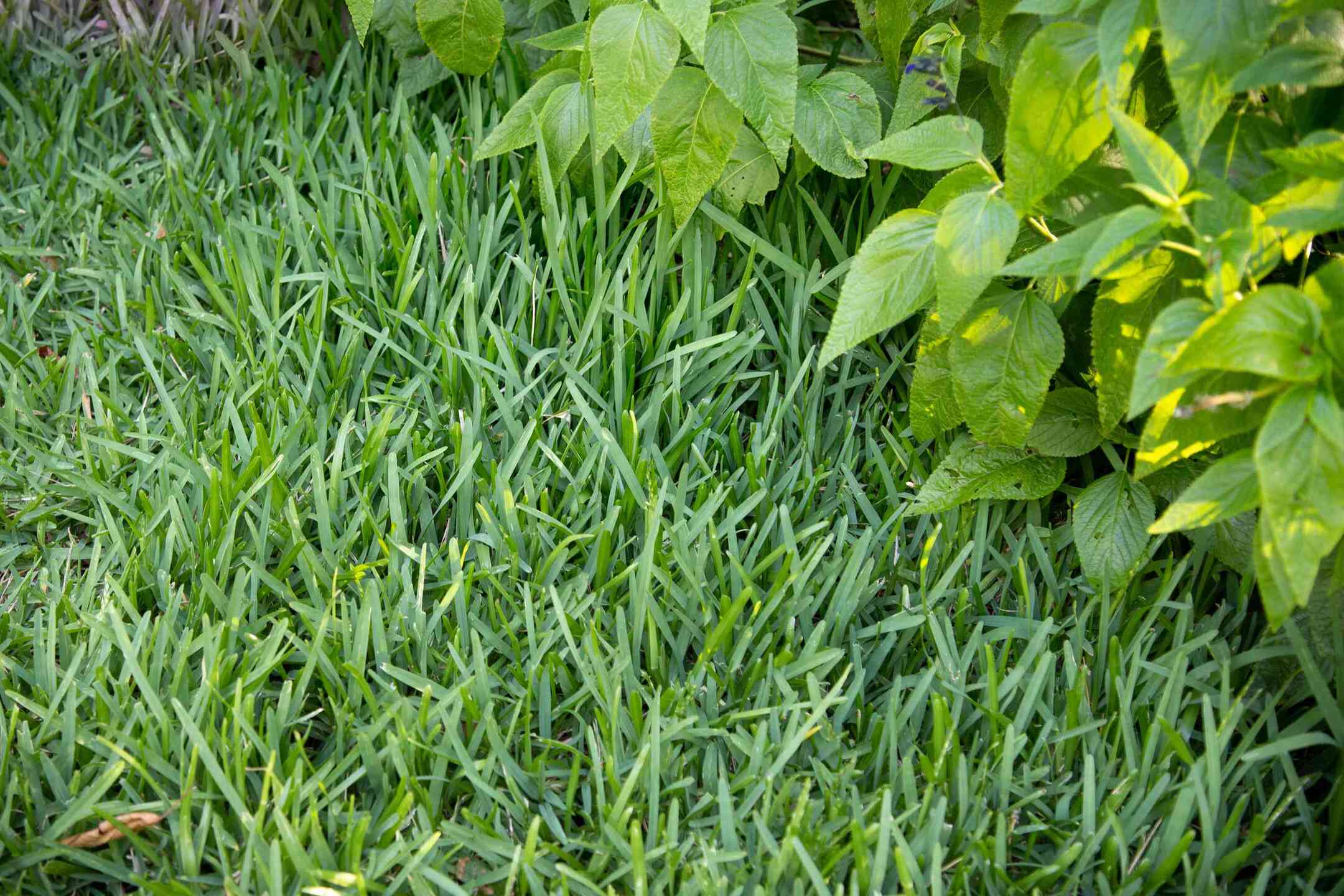

Garden Essentials
When To Seed Centipede Grass
Modified: August 17, 2024
Learn the best time to seed centipede grass in your garden for a lush and healthy lawn. Expert tips and guidance for successful cultivation.
(Many of the links in this article redirect to a specific reviewed product. Your purchase of these products through affiliate links helps to generate commission for Storables.com, at no extra cost. Learn more)
Introduction
Gardening enthusiasts and homeowners looking to revamp their lawns often turn to centipede grass for its low maintenance and stunning appearance. Centipede grass, known for its medium to coarse texture and vibrant green color, is a popular choice in warm climate regions.
In this article, we will delve into the world of centipede grass, exploring its characteristics, benefits, and factors to consider before seeding. We will also discuss the optimal time to seed centipede grass, signs that indicate it’s time to reseed, preparation steps, and proper care and maintenance post-seeding.
So, if you’re ready to learn everything you need to know about when to seed centipede grass, let’s dive in!
Key Takeaways:
- Seeding centipede grass in early spring or early summer, with proper soil preparation and watering, ensures a lush and vibrant lawn in warm climate regions.
- Recognizing signs like thinning grass coverage and weed invasion indicates the need to reseed centipede grass, maintaining a healthy and beautiful lawn.
Read more: What Is Centipede Grass
Understanding Centipede Grass
Before diving into when to seed centipede grass, it’s essential to have a good understanding of its characteristics, advantages, and factors to consider before starting the seeding process.
Characteristics of Centipede Grass
Centipede grass, scientifically known as Eremochloa ophiuroides, is a warm-season grass that is native to Southeast Asia. It thrives in regions with hot and humid climates, particularly in the southern United States.
One of the notable characteristics of centipede grass is its medium to coarse texture. The blades are typically light green in color and have a low-growing, dense growth habit. It forms a lush carpet-like turf that feels soft underfoot.
Advantages of Growing Centipede Grass
There are several advantages to growing centipede grass in your lawn:
- Drought Tolerance: Centipede grass has excellent drought tolerance, making it a great choice for areas prone to water scarcity. It has an extensive root system that allows it to withstand periods of limited rainfall.
- Low Maintenance: Compared to other warm-season grasses, centipede grass requires minimal maintenance. It has a slow growth rate, reducing the need for frequent mowing. Additionally, it has low fertilizer and water requirements, making it a cost-effective option for homeowners.
- Excellent Shade Tolerance: Centipede grass performs well in partially shaded areas, making it suitable for yards with trees or structures that provide shade. However, it still requires some sunlight to maintain its health and vigor.
- Insect Resistance: Centipede grass exhibits good resistance to certain insects, such as chinch bugs and mole crickets, which are common pests in warm climate regions.
- Soil Adaptability: Centipede grass can adapt to a range of soil types, including sandy, acidic, and clay soils. It can handle low fertility levels and is moderately tolerant of salt spray, making it suitable for coastal areas.
Factors to Consider Before Seeding Centipede Grass
While centipede grass offers numerous benefits, there are a few factors to consider before embarking on the seeding process:
- Climate: Centipede grass thrives in warm climates and does not tolerate freezing temperatures well. It is best suited for USDA hardiness zones 7-10. If you live in a colder region, consider alternatives that are more cold-hardy.
- Sunlight Requirements: Centipede grass performs best in areas that receive at least six hours of direct sunlight per day. If your lawn is heavily shaded, consider other grass species that are better adapted to shade.
- Soil Conditions: Centipede grass prefers well-draining soils with a slightly acidic pH level between 5.0 and 6.0. Conduct a soil test to determine if any amendments are needed before seeding.
- Water Availability: While centipede grass has good drought tolerance, it still requires regular watering during dry periods. Ensure you have access to a water source or irrigation system for proper maintenance.
By carefully considering these factors, you can determine if centipede grass is the right choice for your lawn and proceed with confidence when it’s time to seed.
Optimal Seeding Time for Centipede Grass
Choosing the right time to seed centipede grass is crucial for its successful establishment and healthy growth. Factors such as seasonal considerations and weather conditions play a significant role in determining the ideal seeding time.
Seasonal Considerations
Centipede grass is a warm-season grass that thrives in temperatures between 75°F and 90°F (24°C and 32°C). Therefore, it’s important to consider the seasons when planning to seed centipede grass:
- Spring: Spring is an excellent time to seed centipede grass as the soil temperatures begin to warm up, and the grass can take advantage of the longer days and increased sunlight. Seeding in early spring allows for enough time for the grass to establish before the hot summer months.
- Early Summer: If you missed the spring window, early summer is another suitable time to seed centipede grass. However, keep in mind that as the summer progresses, higher temperatures and increased stress on the grass may require more careful watering and maintenance.
Weather Conditions to Consider
In addition to seasonal considerations, it’s important to pay attention to the prevailing weather conditions when choosing the optimal time to seed centipede grass:
- Soil Moisture: The soil should be slightly moist, but not overly saturated, to ensure good seed-to-soil contact and germination. Avoid seeding during heavy rain periods or when the soil is excessively wet.
- Air Temperature: Centipede grass thrives in warm temperatures, so it’s crucial to seed when the daily average temperature consistently stays within the optimal range of 75°F to 90°F (24°C to 32°C). Avoid seeding during periods of extreme heat or cold.
- Frost risk: Centipede grass is not frost-tolerant, so it’s important to avoid seeding in regions where late spring or early fall frosts are common. Frost can damage emerging seedlings, significantly affecting their establishment.
Best Time to Sow Centipede Grass Seeds
Considering the seasonal and weather factors discussed above, the best time to sow centipede grass seeds is typically in the early spring. This allows the grass to establish its root system before the heat of summer arrives.
However, if you miss the spring window, early summer can also be a suitable time for seeding, provided that you can provide the necessary care and attention to the newly seeded grass during the hotter months.
By carefully selecting the optimal seeding time, you give your centipede grass the best chance to thrive and create a beautiful and healthy lawn.
Signs that Indicate it’s Time to Seed Centipede Grass
Knowing when it’s time to seed centipede grass is essential for maintaining a lush and healthy lawn. Several signs may indicate that your centipede grass needs reseeding. Let’s explore these signs:
Read more: How Often To Water Centipede Grass
Thinning or Sparse Grass Coverage
One of the most apparent signs that it’s time to seed centipede grass is when you notice thinning or sparse grass coverage in your lawn. Over time, centipede grass can develop bare patches or areas where the grass blades become sparse.
This can happen due to various reasons, including natural wear and tear, heavy foot traffic, disease, or insect damage. If you notice areas with minimal grass coverage, it’s a clear indication that it’s time to reseed those areas to restore a uniform and healthy lawn.
Weed Invasion
Another sign that it’s time to seed centipede grass is the invasion of weeds. Weeds can quickly take over a lawn, competing with the centipede grass for sunlight, water, and nutrients. This can lead to a decline in the health and appearance of the grass.
If you notice an increasing number of weeds in your centipede grass lawn, it’s a strong indication that the grass needs reinforcement through seeding. Reseeding will help fill in the bare patches and crowd out the weeds, restoring the beauty and vitality of the lawn.
Signs of Grass Stress or Damage
Grass stress or damage can occur due to various factors, including extreme weather conditions, improper maintenance, or pests. It’s important to keep an eye out for signs of grass stress or damage, as they can indicate the need for reseeding.
Signs of stress or damage in centipede grass may include discoloration, yellowing, thinning, or wilting of the grass blades. You may also notice areas where the grass fails to recover after being subjected to stress or damage.
If you observe these signs, it’s a clear indication that the grass is struggling and needs rejuvenation through reseeding. By reseeding, you can introduce new, healthy grass seedlings to replace the stressed or damaged areas, promoting the overall health and vigor of your centipede grass lawn.
By keeping an eye out for signs of thinning grass coverage, weed invasion, or grass stress and damage, you can determine when it’s time to seed centipede grass and take the necessary steps to ensure your lawn remains lush and beautiful.
Preparation for Seeding Centipede Grass
Proper preparation is key to the successful establishment of centipede grass in your lawn. Before seeding, it’s important to ensure that the soil is prepared, any existing vegetation is removed, and the soil is leveled. Let’s explore each of these steps in more detail:
Soil Preparation
Preparing the soil is essential to create an ideal environment for centipede grass seed germination and root development. Here are the key steps involved in soil preparation:
- Test the Soil: Conduct a soil test to determine the pH level and nutrient content of the soil. Centipede grass prefers slightly acidic soil with a pH range of 5.0 to 6.0. If necessary, amend the soil with lime or sulfur to adjust the pH level.
- Remove Debris: Remove any debris, rocks, or large clumps of soil from the area where you plan to seed centipede grass. This will ensure an even and smooth lawn surface.
- Aerate the Soil: If the soil is compacted, consider aerating it to improve drainage and allow better root penetration. Lawn aerators can be rented or purchased for this purpose.
- Add Organic Matter: Incorporate organic matter, such as compost or well-rotted manure, into the soil to improve its structure, water-holding capacity, and nutrient content.
Removing Existing Vegetation
Before seeding, it’s important to remove any existing vegetation from the area where you want to establish your centipede grass. This includes removing grass, weeds, and other undesirable plants. Here’s how you can remove existing vegetation:
- Manual Removal: Use a shovel, rake, or hoe to manually remove the vegetation, including the roots. This method is most effective for smaller areas or patches.
- Herbicides: If the area is heavily infested with weeds or existing grass, you may need to use a selective herbicide specifically designed to kill the vegetation without harming the future centipede grass. Follow the herbicide’s instructions carefully and consider seeking professional advice if needed.
Leveling the Soil
After removing existing vegetation, it’s important to ensure that the soil is leveled to provide an even and uniform surface for seeding. Uneven or lumpy soil can lead to uneven grass growth and mowing difficulties. Here’s how you can level the soil:
- Rake and Fill: Use a garden rake to break up any clumps of soil and fill in any low areas. Work the soil until it is smooth and even.
- Rolling: If necessary, you can use a lawn roller filled with water to further level the soil. Rolling helps firm the soil and create a smooth, flat surface.
- Final Check: Take a final walk over the prepared soil surface, checking for any remaining areas that need leveling or debris that needs to be removed.
By ensuring proper soil preparation, removing existing vegetation, and leveling the soil, you create the optimal foundation for seeding centipede grass. This sets the stage for successful establishment and a healthy, vibrant lawn.
Steps to Seed Centipede Grass
Seeding centipede grass requires careful consideration of the type of seeds, their even distribution, and proper watering and fertilizing techniques. Let’s explore the essential steps involved in seeding centipede grass:
Read more: How To Get Rid Of Centipede Grass
Choosing the Right Type of Seeds
When it comes to seeding centipede grass, it’s crucial to choose the right type of seeds for your specific region. Look for certified or high-quality centipede grass seeds that are suitable for your climate and soil conditions.
Seeds are typically available in different varieties, each with its own characteristics such as color, texture, and growth habits. Consider consulting with a local gardening expert or your local extension office to determine the best centipede grass variety for your area.
Spreading the Seeds Evenly
Even distribution of the centipede grass seeds is key to achieving uniform growth and a visually appealing lawn. Follow these steps to ensure even seed dispersion:
- Use a Spreader: The most efficient way to spread centipede grass seeds evenly is by using a broadcast spreader or a handheld spreader. These tools help disperse the seeds in a controlled manner over the desired area.
- Divide the Area: Divide the area you plan to seed into smaller sections. This allows for more precise seed distribution and ensures that you cover the entire area evenly.
- Apply Half the Seeds: Start by spreading half of the recommended amount of centipede grass seeds over the first section using the spreader. Walk in a back-and-forth pattern, slightly overlapping each pass to ensure thorough coverage.
- Apply the Remaining Seeds: Once you have covered the first section, repeat the process with the second section, using the remaining seeds. This double application ensures better seed-to-soil contact and increases the chances of successful germination.
Watering and Fertilizing Techniques
After seeding, proper watering and fertilizing are essential to support the growth and establishment of centipede grass. Here are some techniques to consider:
- Watering: Immediately after seeding, water the area lightly but thoroughly to help settle the seeds into the soil. Watering should be done daily or every other day, depending on the weather conditions, to keep the soil consistently moist. Avoid overwatering, as it can lead to seed washout or fungal issues. Gradually reduce watering frequency once the grass establishes.
- Fertilizing: Wait until the new centipede grass has established itself before applying fertilizer. This usually takes about 6-8 weeks after seeding. Use a slow-release, nitrogen-rich fertilizer specifically formulated for centipede grass. Follow the product instructions carefully to avoid overfertilization, which can harm the grass.
- Mowing: Once the centipede grass reaches a height of about 3-4 inches, you can begin mowing. Set the mower blades to a height of about 1.5 to 2 inches, as centipede grass prefers a shorter mowing height. Regular mowing helps promote denser growth and controls weed infestation.
By following these steps, from choosing the right seeds to spreading them evenly and implementing proper watering and fertilizing techniques, you can give your centipede grass the best chance to establish and thrive, resulting in a beautiful and healthy lawn.
Care and Maintenance after Seeding
After seeding your centipede grass, proper care and maintenance are crucial to ensure its healthy growth and development. This includes providing adequate watering, following a fertilizing schedule, and implementing proper mowing and weed control practices. Let’s explore each of these aspects in more detail:
Read more: How To Plant Centipede Grass Seed
Watering Requirements
Watering is critical during the initial stages of centipede grass growth to support seed germination and establishment. Here are some guidelines for watering your newly seeded centipede grass:
- Initial Watering: After seeding, water the area lightly but thoroughly to help settle the seeds into the soil. Ensure that the soil is consistently moist, but avoid excessive watering that can lead to seed washout or fungal diseases.
- Establishment Phase: During the first few weeks after seeding, water the area deeply and regularly. Aim to provide about an inch of water per week, either through rainfall or irrigation. Water deeply to encourage the roots to grow deeper into the soil.
- Maintenance Phase: Once the centipede grass has established itself, gradually reduce the frequency of watering. Aim to water deeply but infrequently, allowing the soil to dry slightly between waterings. Deep, infrequent watering promotes a deeper and stronger root system.
Fertilizing Schedules
Fertilizing is an important aspect of centipede grass maintenance to provide the necessary nutrients for healthy growth. Here are some guidelines for fertilizing your centipede grass:
- Wait for Establishment: Avoid fertilizing your newly seeded centipede grass until it has established itself, which usually takes about 6-8 weeks. Fertilizing too early can stress the young grass and hinder its establishment.
- Choose a Suitable Fertilizer: Select a slow-release, nitrogen-rich fertilizer specifically formulated for centipede grass. Follow the product instructions carefully regarding application rates and timing.
- Follow Recommended Schedule: Typically, centipede grass requires fertilization two to three times a year. Apply the first round of fertilizer in late spring, another application in early summer, and a final one in early fall. Avoid fertilizing in late summer, as this can promote excessive growth vulnerable to winter damage.
Mowing and Weed Control Tips
Mowing and weed control are essential components of centipede grass maintenance to keep your lawn looking beautiful and weed-free. Follow these tips for mowing and weed control:
- Mowing Height: Set your mower blades to a height of about 1.5 to 2 inches for centipede grass. Avoid cutting the grass too short, as it can weaken the root system and make the grass more susceptible to stress and weed invasion.
- Mowing Frequency: Regular mowing helps promote denser growth and controls weed infestation. Aim to mow your centipede grass lawn every 7-10 days during the growing season. Avoid removing more than one-third of the grass blade length in a single mowing session.
- Weed Control: Preventing and controlling weeds in centipede grass is crucial for maintaining its health and appearance. Apply pre-emergent herbicides in early spring to prevent weed seeds from germinating. Spot treat any visible weeds with appropriate post-emergent herbicides, following the product instructions carefully.
By following proper care and maintenance practices, including providing adequate watering, following a fertilizing schedule, and implementing proper mowing and weed control techniques, you can ensure the healthy growth and long-term success of your centipede grass lawn.
Conclusion
Seeding centipede grass is an exciting endeavor that can transform your lawn into a lush, vibrant oasis. By understanding the characteristics of centipede grass, the advantages it offers, and the factors to consider before seeding, you can make informed decisions and set the stage for success.
Knowing the optimal time to seed centipede grass is crucial for its successful establishment. Considering seasonal factors, such as spring or early summer, and paying attention to weather conditions, soil moisture, and air temperature, enables you to choose the perfect timing to sow the seeds.
Moreover, recognizing signs that indicate it’s time to seed centipede grass, such as thinning or sparse grass coverage, weed invasion, or signs of grass stress or damage, ensures that you address any issues promptly and maintain a healthy lawn.
Preparing the soil, removing existing vegetation, and leveling the soil provide the groundwork for successful seed germination and growth. Properly selecting the right type of centipede grass seeds and spreading them evenly over the area are essential steps to ensure uniform growth and a visually appealing lawn.
After seeding, providing adequate care and maintenance is key to the health and longevity of centipede grass. This includes proper watering techniques, following a fertilizing schedule, and implementing effective mowing and weed control practices.
In conclusion, with proper knowledge, planning, and care, seeding centipede grass can result in a beautiful, low-maintenance lawn that enhances the visual appeal of your outdoor space. By embracing these guidelines, you can enjoy the lushness and beauty of centipede grass all year round.
Frequently Asked Questions about When To Seed Centipede Grass
Was this page helpful?
At Storables.com, we guarantee accurate and reliable information. Our content, validated by Expert Board Contributors, is crafted following stringent Editorial Policies. We're committed to providing you with well-researched, expert-backed insights for all your informational needs.
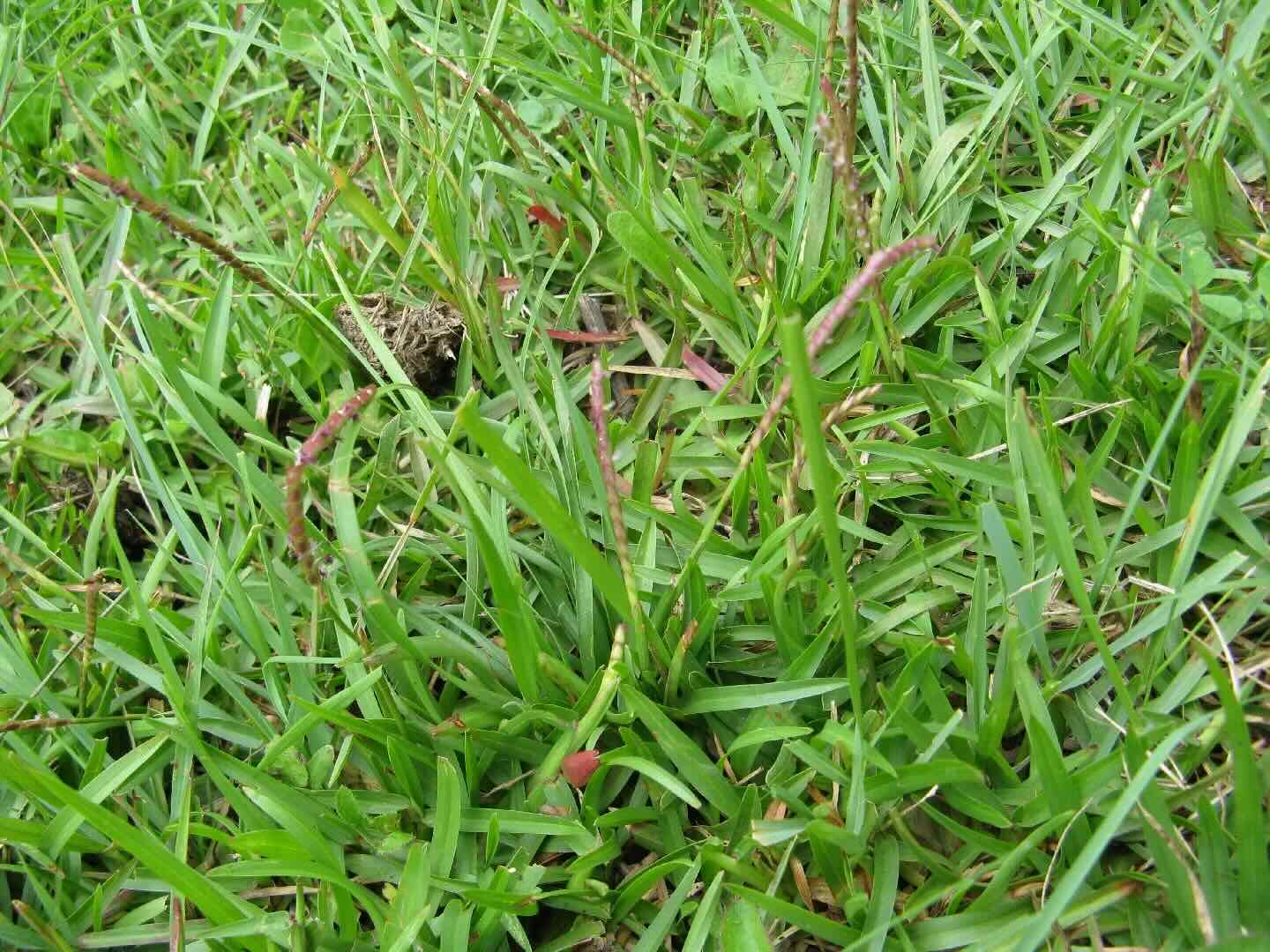
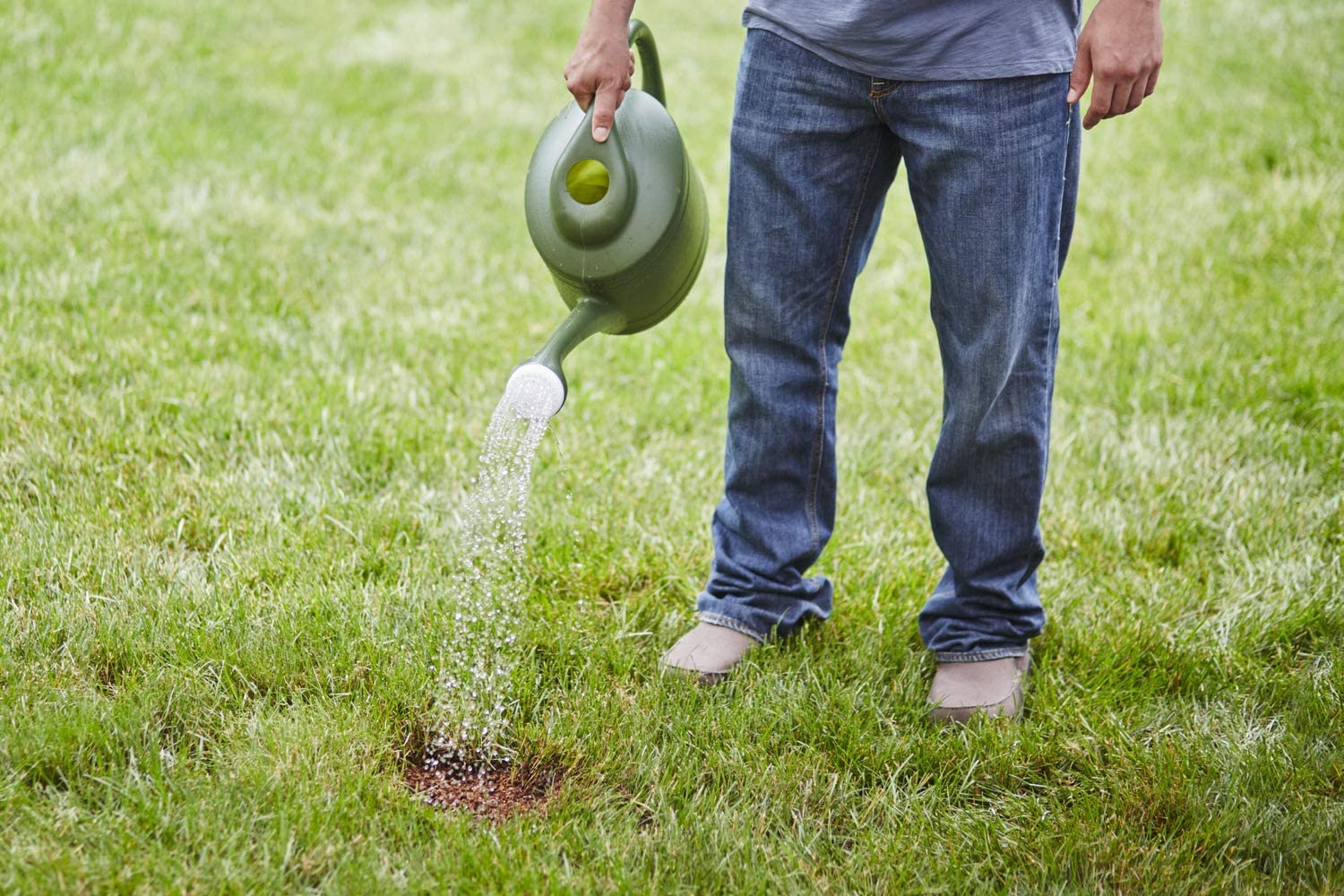
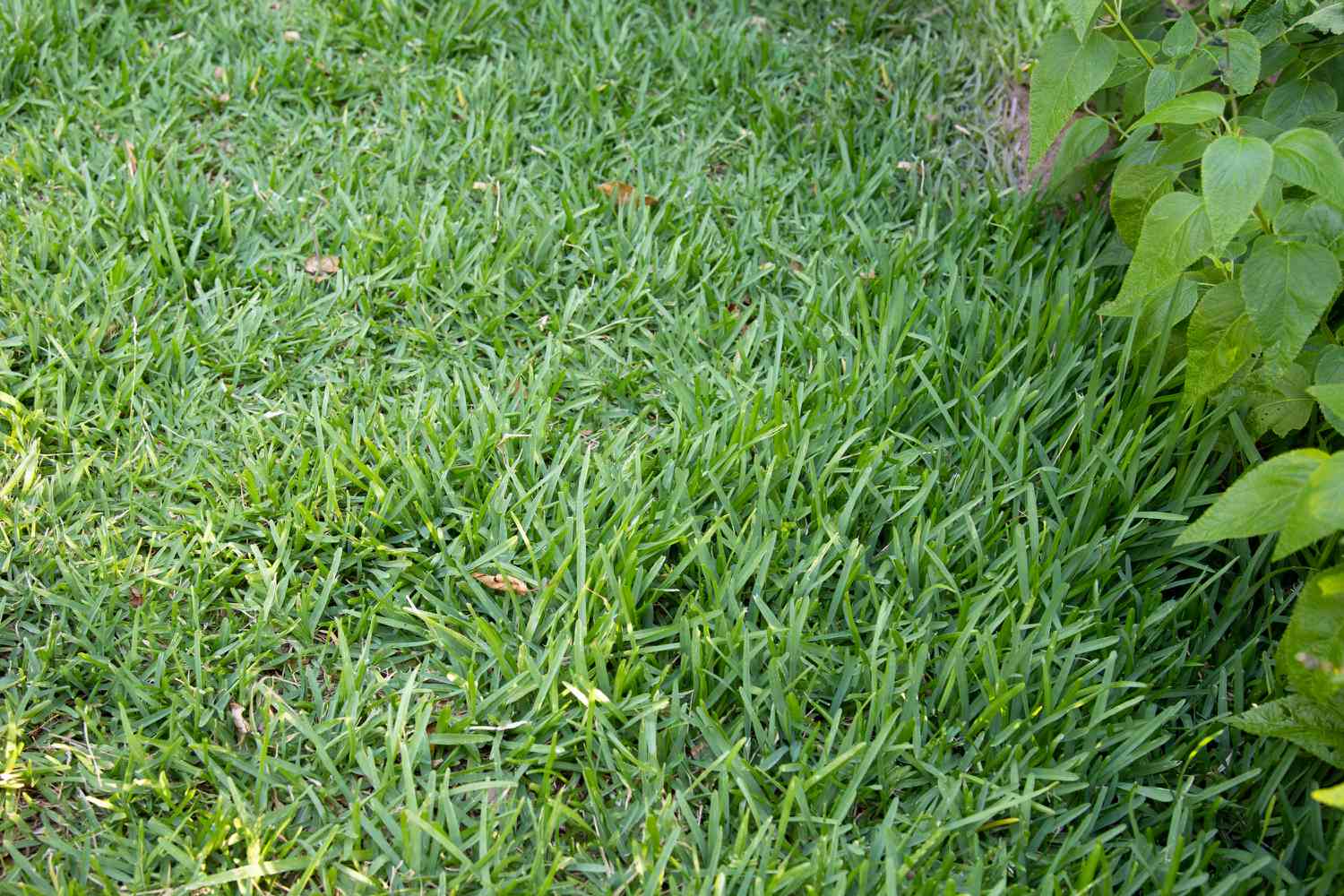
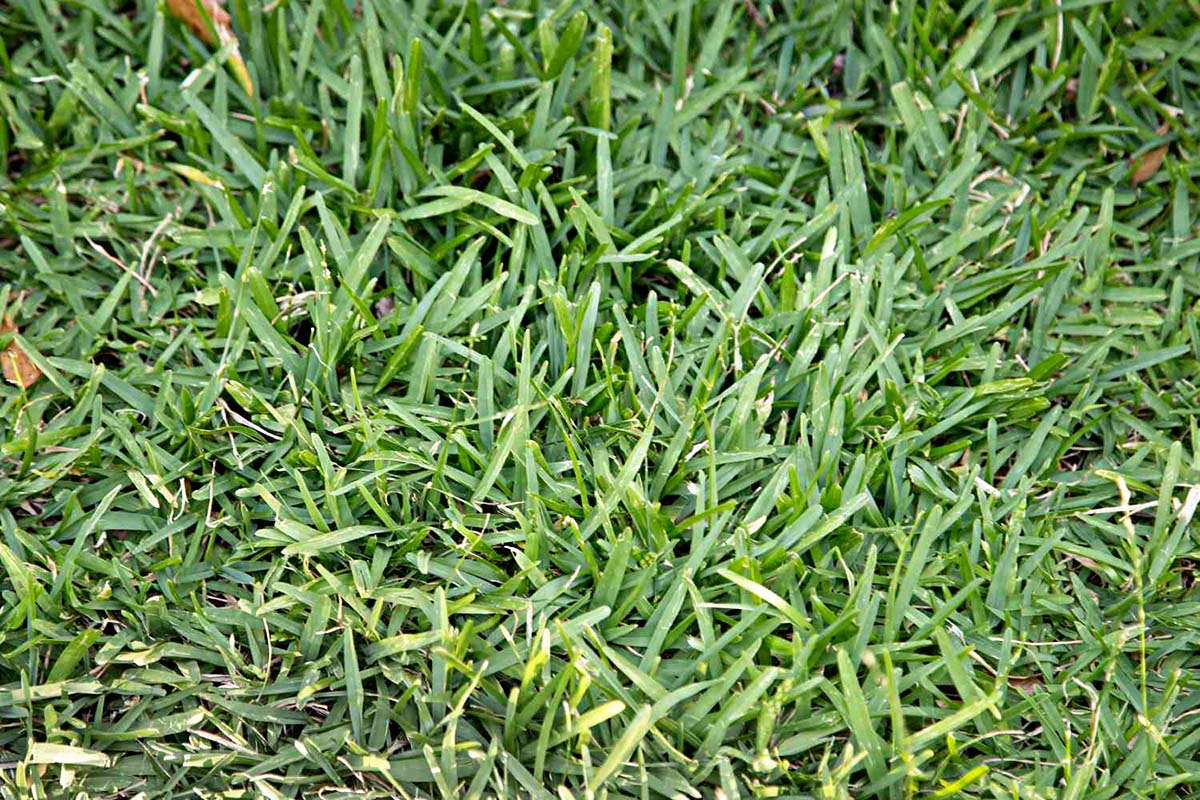
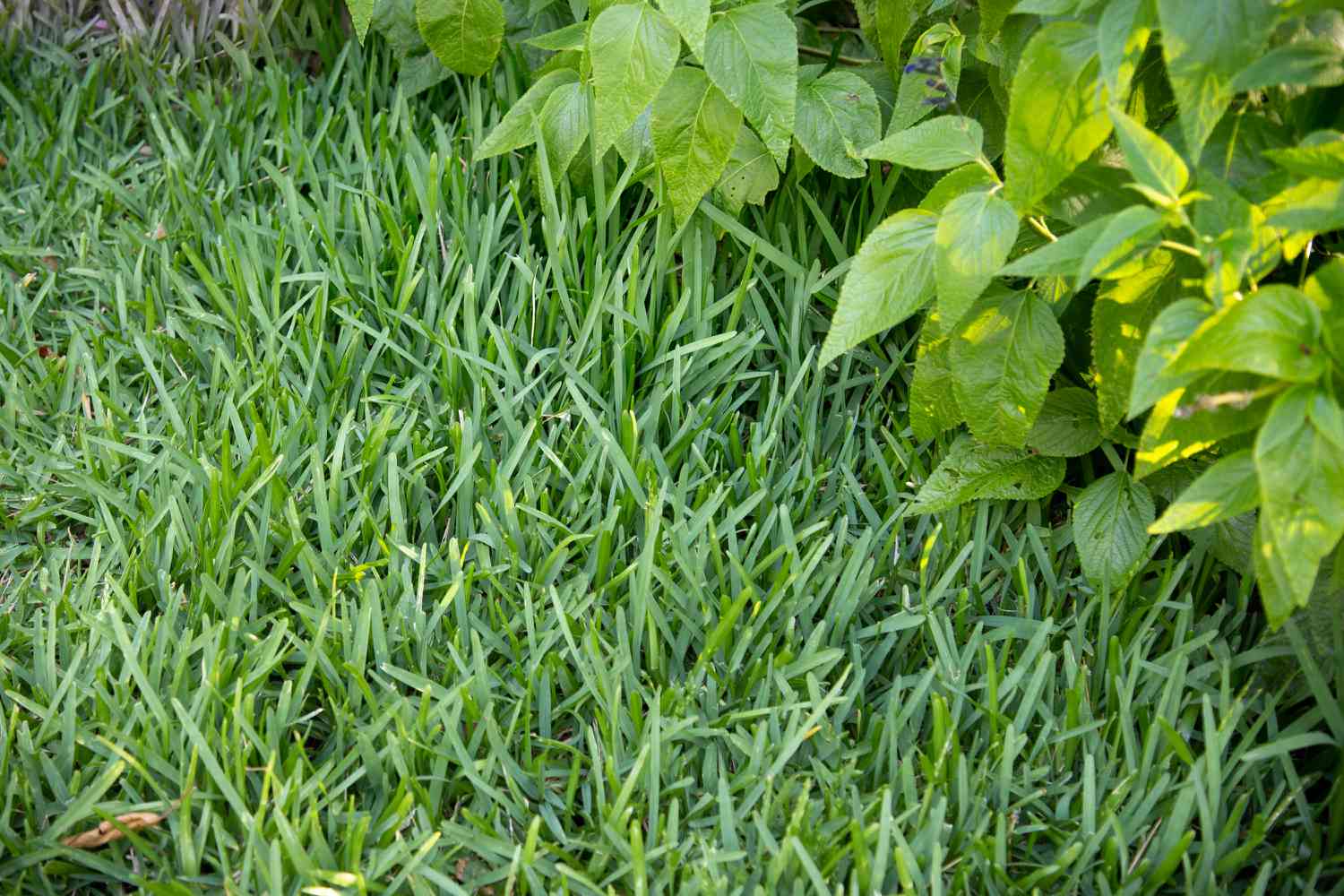
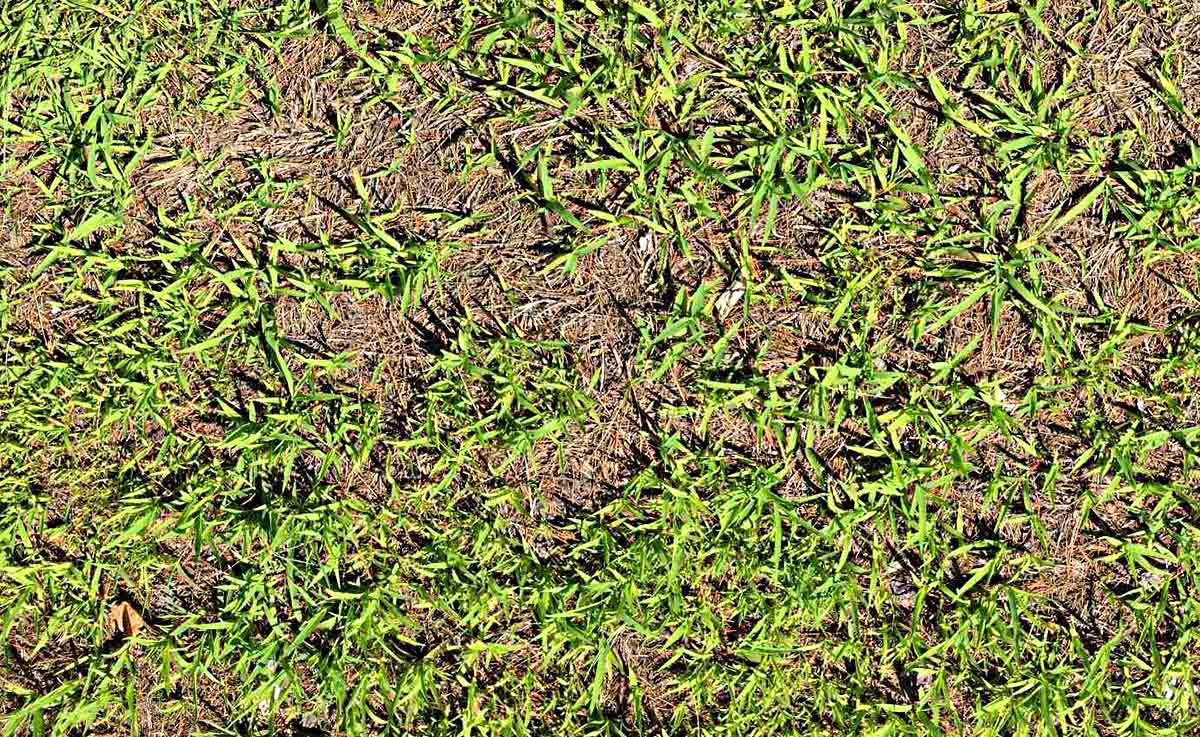

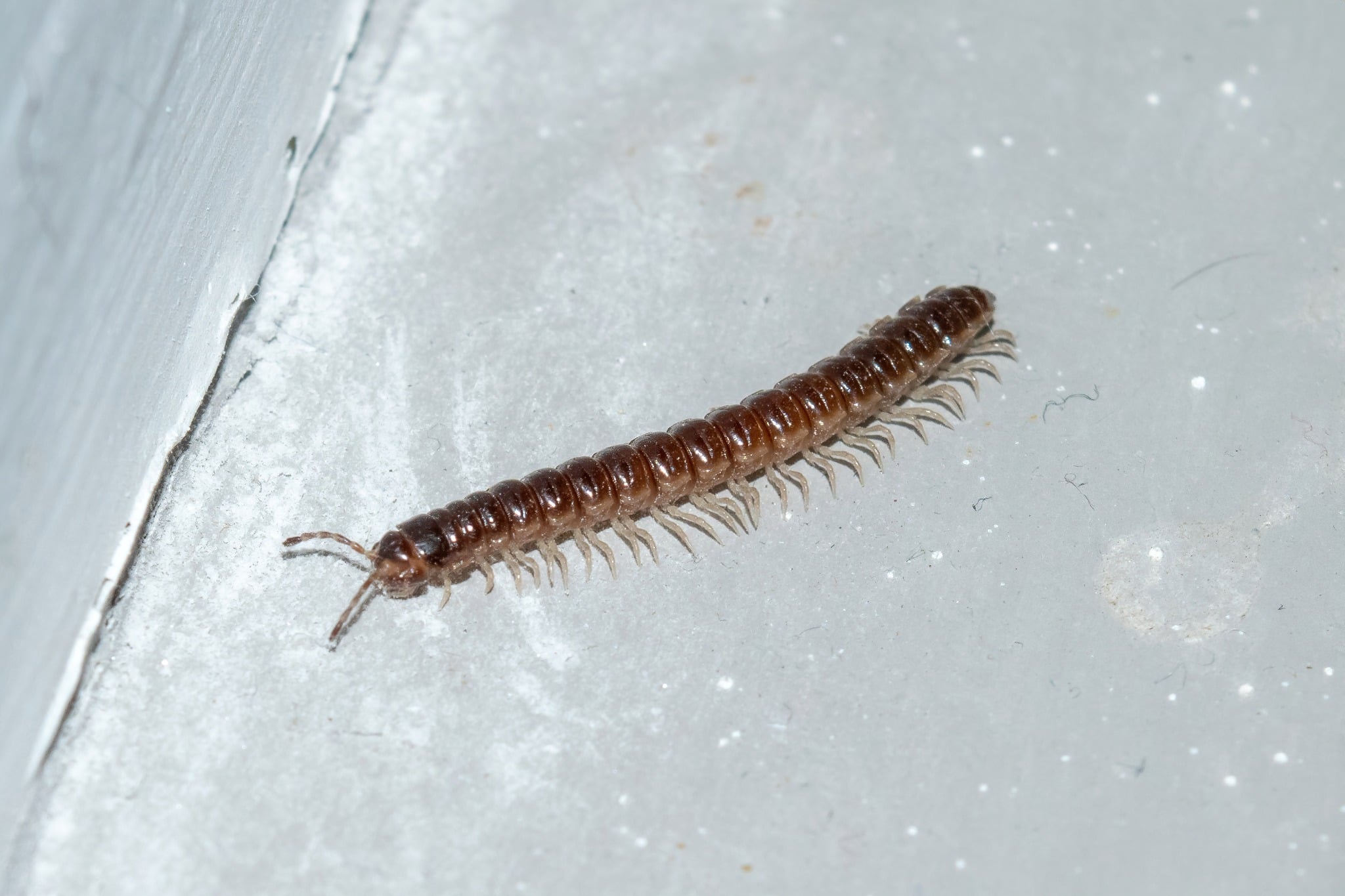
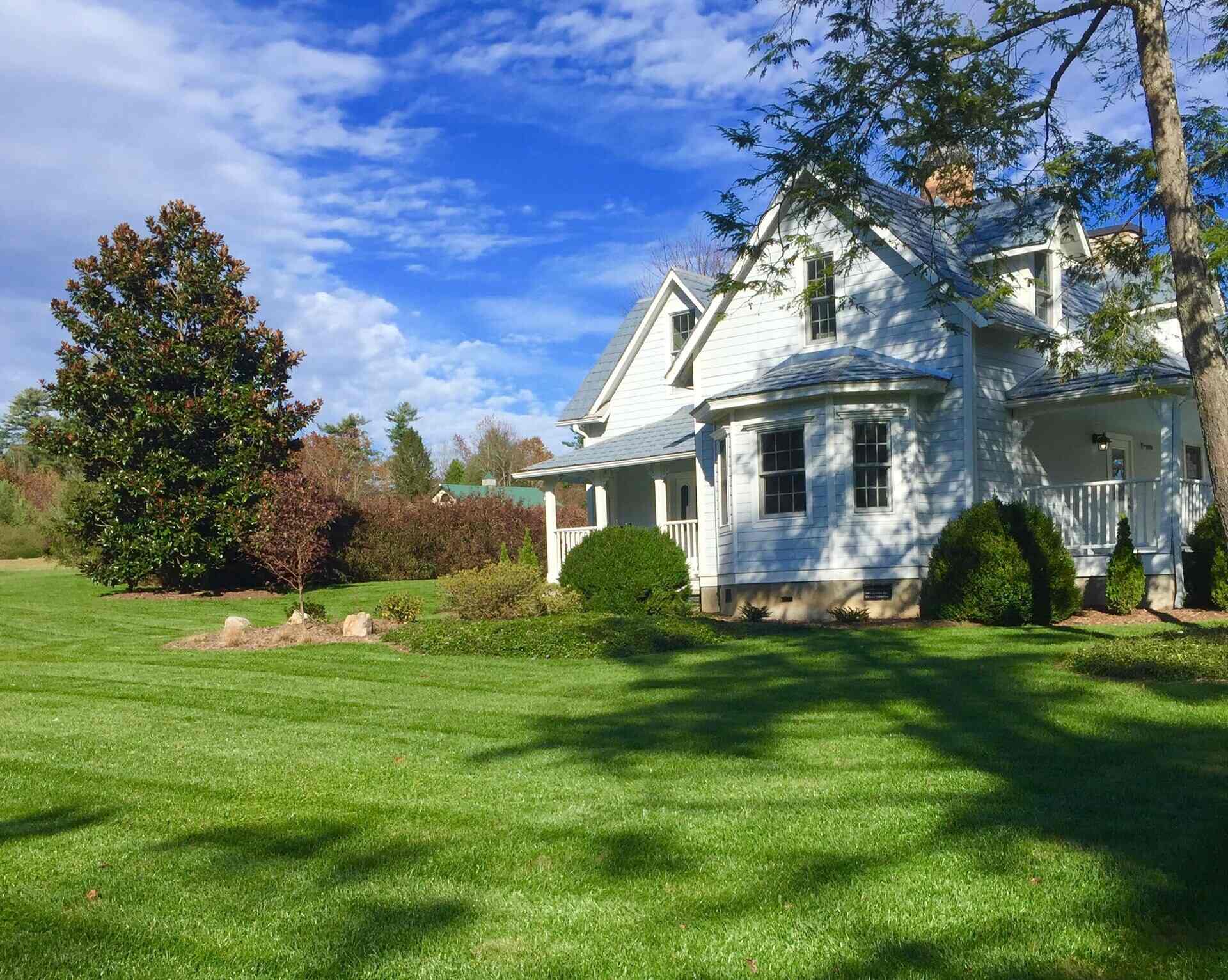


0 thoughts on “When To Seed Centipede Grass”